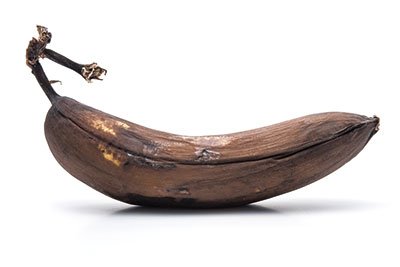The capture rate of total bio-waste, including garden waste, was still less than half, at 46%.
The report, “Bio-waste generation in the EU: Current capture levels and future potential” shows that despite a small improvement, a considerable amount of bio-waste remains uncollected, amounting to millions of tonnes annually. This exacerbates many issues for the climate and biodiversity in Europe, as well as proving costly for municipalities. For example, food waste ending up in landfills results in the waste sector to be the second biggest contributing sector for methane emissions in the EU.
Two-thirds of EU member states have already received early warning reports for being at risk of missing the 2025 municipal waste recycling targets, in part due to low bio-waste capture rates. This report highlights the undeniable link between effective bio-waste collection and high recycling rates, given that bio-waste forms around 37% of municipal waste in the EU.
To reach the EU’s 65% recycling target for municipal waste by 2035 would necessitate capturing and treating an extra 40 million tonnes of bio-waste each year, the report emphasises, which make composting and anaerobic digestion of separately collected bio-waste essential.
In 2015, the EU and its Member States signed up to UN Sustainable Development Goals (SDGs) 12.3 to halve food waste by 2030. In 2024, progress is underway at EU level to introduce one of the world’s first legally binding targets to reduce food waste. However, the proposed law, still under negotiation, falls short of the SDG 12.3 commitment of 50% reduction. Zero Waste Europe, with the help of its European network of communities and experts, helps support multi-level interventions to transform the wasteful food supply chain issue.









